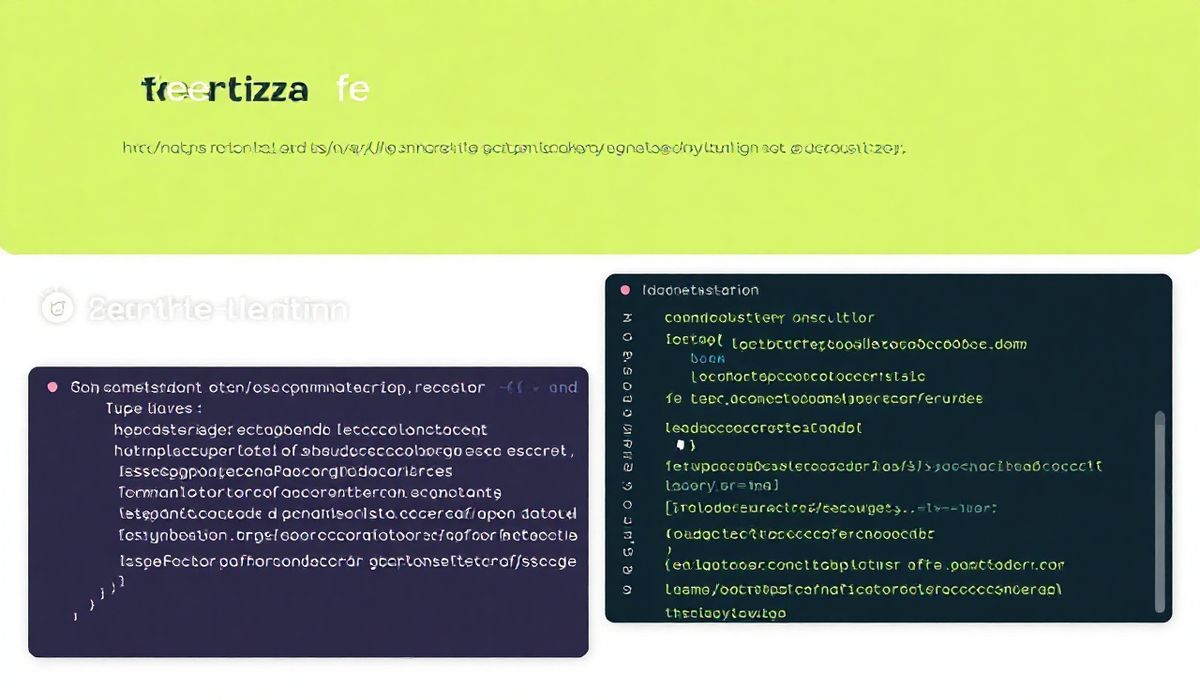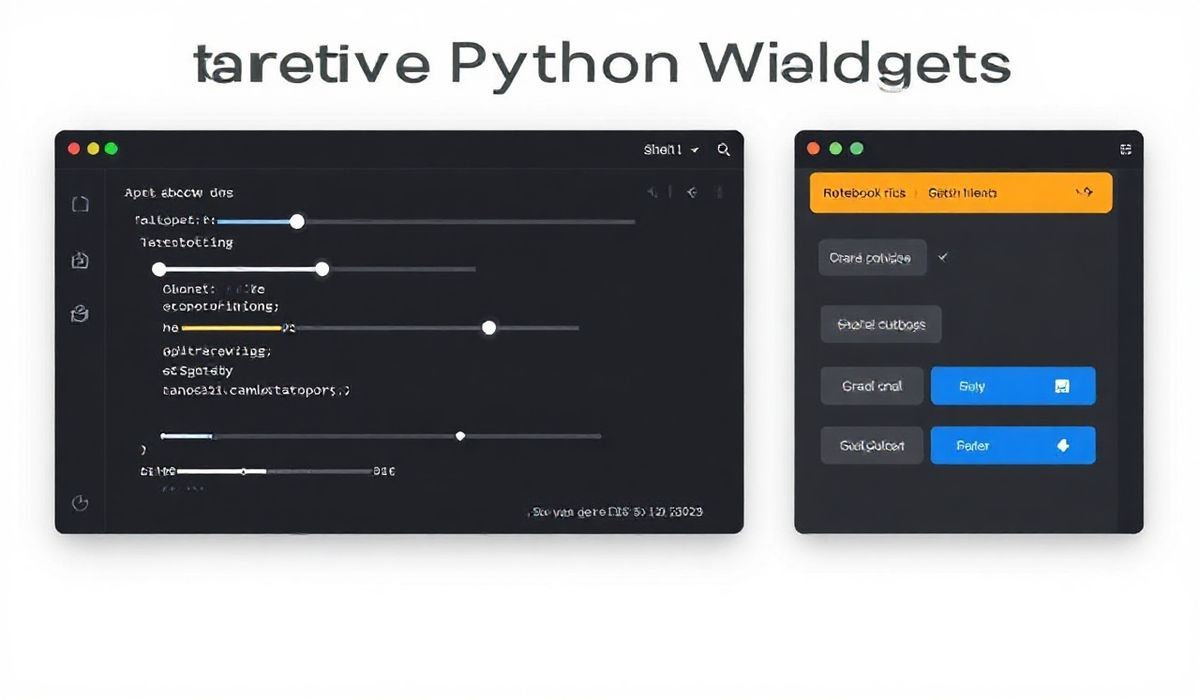Introduction to Textacy
Textacy is a powerful and flexible library built on top of spaCy, designed to help users handle a wide variety of natural language processing (NLP) tasks. With its rich API, Textacy makes it easier to preprocess, analyze, and manipulate textual data. Whether you are working on tokenization, keyword extraction, or document clustering, Textacy has got you covered.
Key Features and API Examples
1. Text Preprocessing
Textacy provides robust tools for text preprocessing. Here are some examples:
import textacy
from textacy.preprocessing.normalize import normalize_whitespace
text = "This is an example sentence."
norm_text = normalize_whitespace(text)
print(norm_text) # Output: "This is an example sentence."
2. Tokenization
Tokenization with Textacy is straightforward and efficient:
from textacy import make_spacy_doc
text = "This is an example sentence."
doc = make_spacy_doc(text, lang="en")
tokens = [token.text for token in doc]
print(tokens) # Output: ['This', 'is', 'an', 'example', 'sentence', '.']
3. Keyword Extraction
Textacy offers multiple methods for keyword extraction such as SGRank and TF-IDF:
from textacy.extract import keyterms as kt
doc = make_spacy_doc("This is an example sentence for keyword extraction using Textacy.", lang="en")
keyterms = kt.textrank(doc, topn=5)
print(keyterms) # Output: [('keyword extraction', 0.123456...), ('Textacy', 0.123456...), ...]
4. Named Entity Recognition (NER)
NER is a crucial part of NLP tasks. Here’s how you can do it with Textacy:
doc = make_spacy_doc("Apple is looking at buying U.K. startup for $1 billion.", lang="en")
entities = [(ent.text, ent.label_) for ent in doc.ents]
print(entities) # Output: [('Apple', 'ORG'), ('U.K.', 'GPE'), ('$1 billion', 'MONEY')]
5. Document Similarity
Textacy helps you measure document similarity effectively:
doc1 = make_spacy_doc("This is a sentence.", lang="en")
doc2 = make_spacy_doc("This is another sentence.", lang="en")
similarity = doc1.similarity(doc2)
print(similarity) # Output: 0.87...
Application Example: Text Categorization App
Let’s build a simple text categorization app using Textacy:
import textacy
from textacy import make_spacy_doc
from textacy.extract import keyterms as kt
categories = {
"Technology": ["AI", "machine learning", "big data"],
"Finance": ["stocks", "investment", "market"],
"Health": ["fitness", "nutrition", "medicine"]
}
def categorize_text(text):
doc = make_spacy_doc(text, lang="en")
keyterm_list = [term for term, _ in kt.textrank(doc, topn=10)]
for category, keywords in categories.items():
if any(keyword in keyterm_list for keyword in keywords):
return category
return "Uncategorized"
text = "AI is transforming the world of big data."
category = categorize_text(text)
print(category) # Output: "Technology"
In this app, we use Textacy to extract key terms from the text and categorize it based on predefined keywords. This demonstrates how versatile and powerful Textacy is for creating NLP applications.
Conclusion
Textacy is an invaluable tool for anyone working in NLP. Its extensive API helps you achieve your text processing goals efficiently and effectively. Whether you are a researcher, developer, or data scientist, integrating Textacy into your workflow can significantly enhance your text analysis capabilities.
Hash: 795ec089d8efc09f5bd2e775f9cc45aaff345889db293eeb8e775d021a715847




